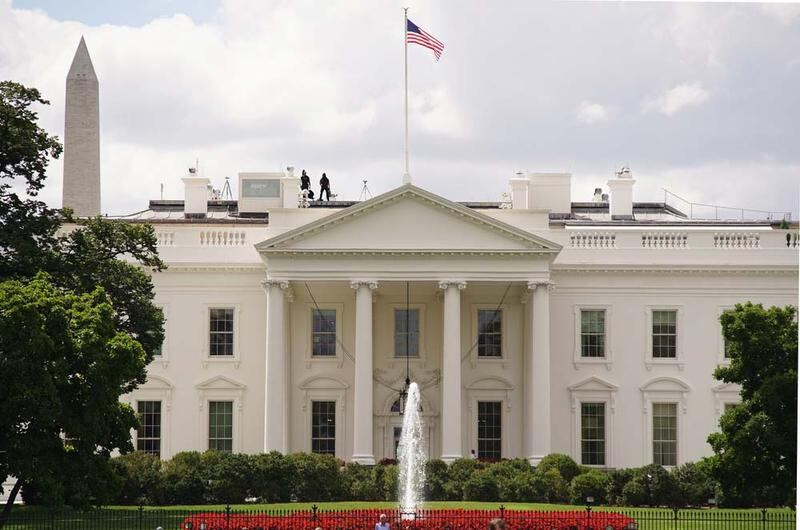The federal government is at a critical moment for tackling the technical demands of today, as well as preparing for the needs of the future, according to federal Chief Information Officer Suzette Kent.
Kent, who spoke Sept. 11 at a Professional Services Council Conference, stressed the importance of introducing innovation into the way that the federal government tackles technology, so that the government can remain the top innovator it has proven to be historically.
“There is often a fear of what’s going to happen if we get things wrong,” said Kent, explaining that there is often resistance to programs that seek to change the processes of government. “It’s about that vision, it’s about that boldness to change the status quo.”
RELATED

According to Kent, the federal government is in a “nexus” of critical elements to tackle technological innovation within agencies. This includes a congressional push for IT innovation that coincides with the administrative initiatives like the President’s Management Agenda and reorganization plan.
Aspects of those plans have already gotten underway, such as the Centers of Excellence program that began its first pilot with the U.S. Department of Agriculture and issued solicitations for phase two of the program in early August.
The Government Effectiveness Advanced Research Center, a component of the administration’s June government reorganization plan and a personal favorite initiative of some government officials, also issued its first request for information in August.
Congress and the administration have recently found common technical ground through progress made on the Technology Modernization Fund, which originated with the Modernizing Government Technology Act that passed Congress and was signed into law in December 2017.
Administration officials have been pushing for agencies to apply for funding grants through the TMF, as half of the $100 million originally appropriated to the fund still remains. But Congress may have pumped the brakes on that initiative, as some senators have indicated that they will not approve increased funding for the TMF until after it shows measurable results.
The House appropriations for fiscal year 2019 included $150 million for the TMF, while the Senate version included no funding. Both sides of Congress will have to conference on the bill to determine whether the TMF will be limited to existing funding or not.
According to Kent, the administration is also stressing the importance of a strong federal workforce that can tackle the many technological initiatives of today and tomorrow.
Jessie Bur covers federal IT and management.
In Other News




